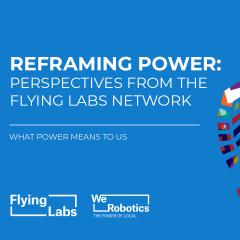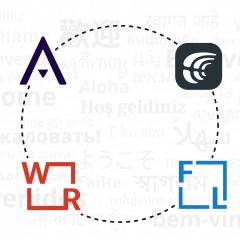
Red Cross Robotics in the South Pacific
September 18th, 2017
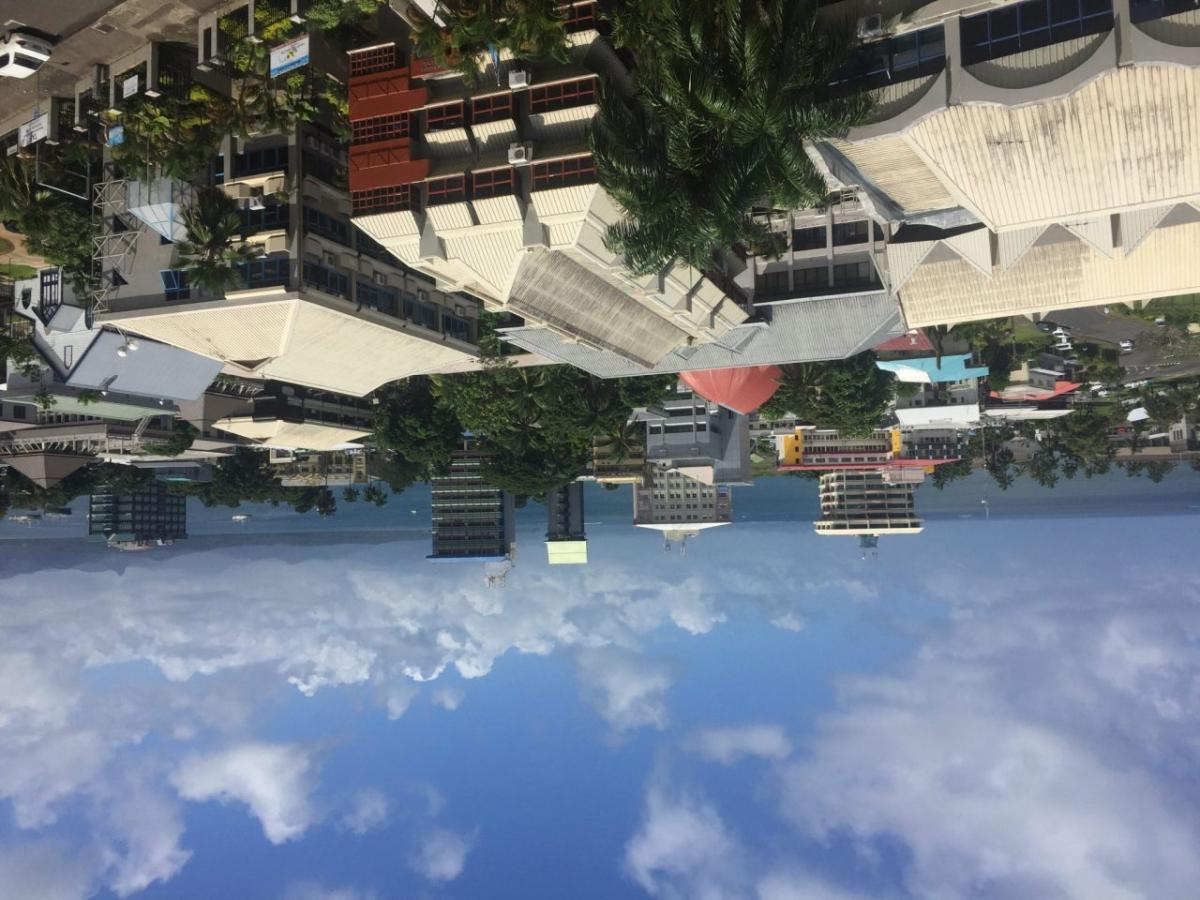
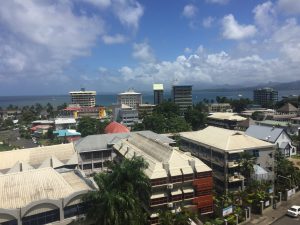 WeRobotics recently completed a year-long applied and policy-focused research project supported by Australian Red Cross, the Australian Government and the International Federation of the Red Cross (IFRC). The objective of the project was to better understand the actual needs, opportunities and challenges of using drones / unmanned aerial vehicles (UAVs) for disaster risk management in the South Pacific. The research combined primary and secondary research as well as field-based research in Fiji, Vanuatu and the Cook Islands.
WeRobotics recently completed a year-long applied and policy-focused research project supported by Australian Red Cross, the Australian Government and the International Federation of the Red Cross (IFRC). The objective of the project was to better understand the actual needs, opportunities and challenges of using drones / unmanned aerial vehicles (UAVs) for disaster risk management in the South Pacific. The research combined primary and secondary research as well as field-based research in Fiji, Vanuatu and the Cook Islands.
The Australian Red Cross will be sharing the findings of this year long research project in the near future, so the purpose of this blog post is simply to share some of the preliminary findings. The National Red Cross Societies in each of the islands had a better understanding of the technology than other organizations we’ve worked with. While they are keen to leverage aerial imagery in their work, they readily note that their capacity to deploy drones and to make sense of said imagery 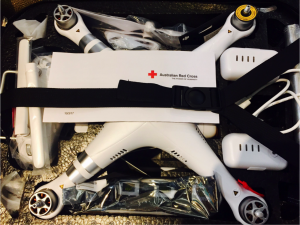 remains rather limited, particularly after major disasters when they are overwhelmed with other big data challenges.
remains rather limited, particularly after major disasters when they are overwhelmed with other big data challenges.
This is not to suggest that the National Societies themselves should not seek to build their own capacity, but rather that another local organization (like a Flying Labs) could be established to build the long-term capacity of the Red Cross Societies over time and provide them with the surge capacity they need during and after major disasters. This local lab would also provide assistance in between disasters, for example to support disaster risk reduction and disaster preparedness projects, and to other partners such as organizations working in development, agriculture, environment, public health, etc.
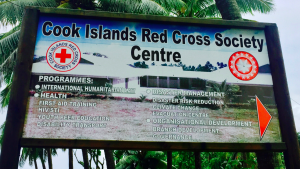 While doing our field research in the Cook Islands, we identified well over 20 use-cases for the use of drones across multiple sectors. We also discovered several meaningful applications for the use of marine robotics, which we’re keen to explore further. As part of our field research in Roratonga, we also provided professional, hands-on training to the Red Cross staff on how to program drones for autonomous flights and how to process the resulting aerial imagery.
While doing our field research in the Cook Islands, we identified well over 20 use-cases for the use of drones across multiple sectors. We also discovered several meaningful applications for the use of marine robotics, which we’re keen to explore further. As part of our field research in Roratonga, we also provided professional, hands-on training to the Red Cross staff on how to program drones for autonomous flights and how to process the resulting aerial imagery.
We look forward to continuing our collaboration with the Australian Red Cross and the International Federation of the Red Cross, building local capacity across the South Pacific for disaster and climate resilience in close partnership with National Red Cross Societies.
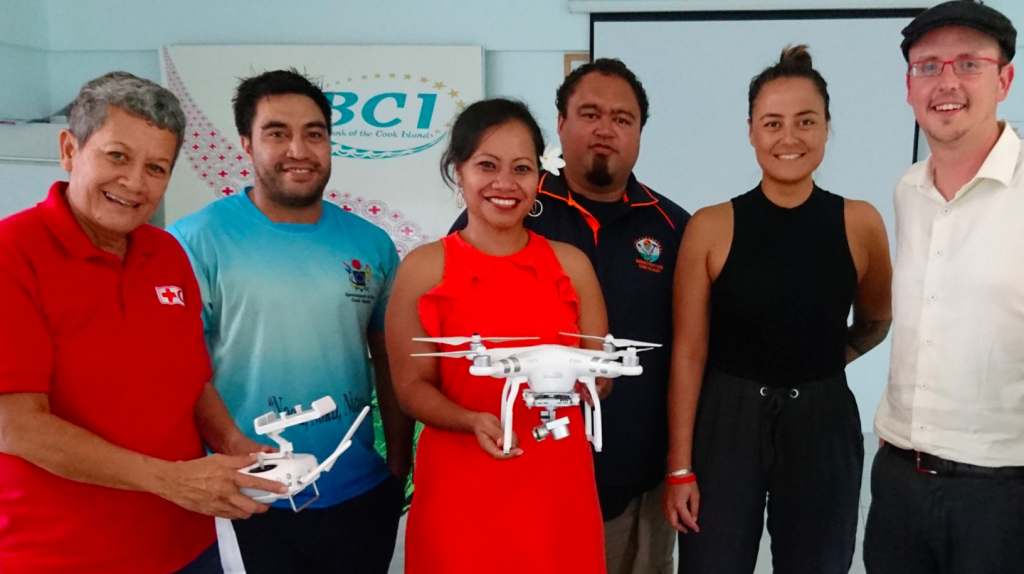
Recent Articles

